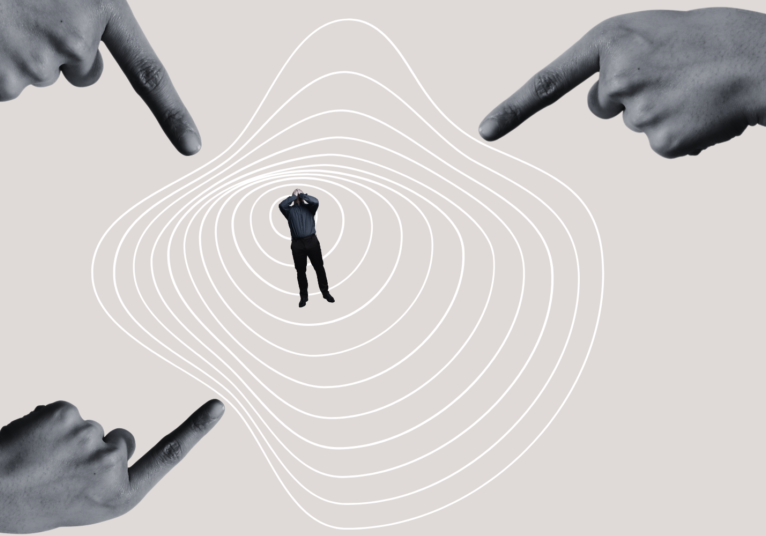30 May 2017
Under Federal and State legislation, unlawful harassment occurs when someone is made to feel intimidated, insulted or humiliated because of their race, colour, national or ethnic origin; sex; disability; sexual preference; or some other characteristic specified under anti-discrimination or human rights legislation. It can also happen if someone is working in a ‘hostile’ – or intimidating – environment.
Harassment can include behaviour such as:
- telling insulting jokes about particular racial groups;
- sending explicit or sexually suggestive emails;
- displaying offensive or pornographic posters or screen savers;
- making derogatory comments or taunts about someone’s race or religion; and
- asking intrusive questions about someone’s personal life, including their sex life.
(Information for Employers, Good practice, good business: Eliminating Discrimination and Harassment in the Workplace, accessed from the Australian Human Rights Commission, 2014)



